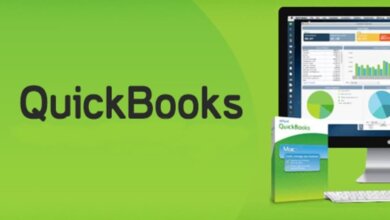


Therefore, when people tend to start paying off their Christmas debt in January 2021, there won’t be the extra cash this year to do that.” If employers implement the program, here are things to consider: “These amounts will need to be paid back beginning Januwith each paycheck. “Employers should be very clear with employees, that they understand this is a deferral and not forgiveness,” said Nicole Teska, CPA, CCE. The choice to defer withholding, deposit, and payment of the Social Security taxes is optional for employers and eligible employees. Employees earning taxable wages of $4,000 or more during a bi-weekly pay period are not eligible for the deferral. This means that if the amount of compensation payable to an employee for a particular pay period is less than the threshold amount ($4,000 for biweekly pay periods), then the payroll tax deferral applies to that compensation, irrespective of the amount paid to that employee in other pay periods. After this point, deferred payroll taxes not paid, will begin to accrue interest and penalties on May 1, 2021.Įmployers are allowed to defer withholding, deposit, and payment of the employee’s portion of Social Security tax on wages that are less than $4,000 during a bi-weekly pay period.Įach pay period is to be considered separately. If employees are eligible for the deferral and opt to take part, they are expected to pay back the deferred taxes ratably from their wages and compensation paid between Januand April 30, 2021. It is important to note this is not an exemption from the payroll tax, but a deferral. For our railroad clients, this is also applicable to the employee’s portion of the Tier I tax (6.2%). The IRS guidance allows employers to defer withholding on affected employees’ compensation during the last four months of 2020 and then withhold those deferred amounts during the first four months of 2021.ĭesigned to provide economic relief during the pandemic, the President’s memorandum allows employees to defer Social Security payroll taxes (6.2% only, not 1.45% Medicare Tax) from Septemthrough December 31, 2020. Up until this point, the memorandum issued by President Trump on Augcaused confusion and concern among accountants and businesses.

On the evening of August 28, 2020, the IRS issued official guidance on the 2020 payroll tax relief.


 0 kommentar(er)
0 kommentar(er)
